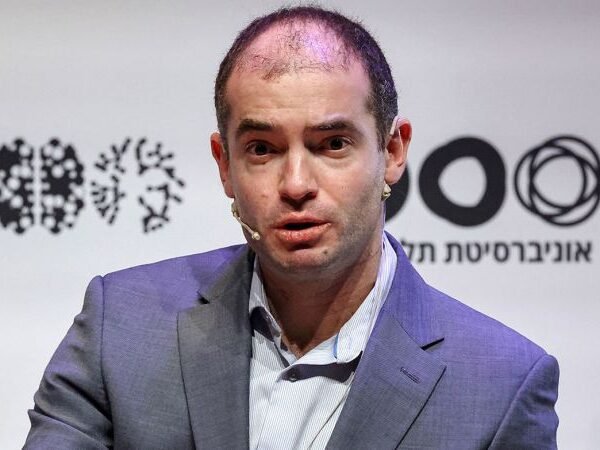Pushing the Boundaries of Creativity with Experiential Marketing
Experiential marketing is transforming how brands interact with consumers, pushing the boundaries of traditional marketing by creating immersive, engaging experiences. Unlike traditional advertising, which delivers messages passively, experiential marketing invites consumers to actively participate in the brand experience. By blending creativity with interaction, brands can forge stronger emotional connections with their audiences. This approach has become increasingly popular as brands look for innovative ways to stand out in a competitive market and offer memorable, shareable moments.
IKEA’s “Sleepeasy” Pop-Up: A Blend of Marketing and Immersive Engagement
One standout example of experiential marketing is IKEA’s “Sleepeasy” pop-up, a unique initiative designed to bring customers closer to its products. Instead of merely showcasing furniture in a typical retail setting, IKEA invites customers to experience their products in hidden, intimate environments. The “Sleepeasy” pop-up allowed participants to interact with IKEA’s bedroom furniture and sleep products in unexpected ways, such as spending a night in a secret location fully furnished by IKEA. By creating a memorable, immersive experience, IKEA successfully combined product marketing with an interactive, real-world engagement.
The Power of Immersive Experiences in Modern Marketing
Experiential marketing’s strength lies in its ability to immerse consumers in a brand’s universe, creating lasting memories that go beyond a typical purchase. By offering interactive experiences, such as IKEA’s “Sleepeasy,” brands can deepen the emotional connection between themselves and their customers. These events are designed to engage the senses, making the consumer feel like they are part of something special and unique. When consumers interact with products in a tangible way, the brand becomes more relatable and trustworthy, enhancing brand loyalty.
Combining Product Exposure with Entertainment
Brands that successfully implement experiential marketing often combine product exposure with entertainment. IKEA’s “Sleepeasy” pop-up, for instance, was more than just an opportunity to see and test products; it was an immersive, fun event that blended discovery with the comfort of home. By allowing participants to sleep in fully furnished bedrooms, IKEA subtly showcased the quality and comfort of its products in a real-life setting, offering a more compelling demonstration than traditional in-store displays or online ads.
Interactive Engagement: The Key to Sharing and Social Media Buzz
Experiential marketing is particularly powerful in today’s digital age because it naturally lends itself to social sharing. Attendees of immersive experiences, like IKEA’s “Sleepeasy,” are often inspired to capture and share their participation on social media, generating organic buzz and expanding the brand’s reach. This user-generated content helps to amplify the brand’s message beyond the event itself, turning participants into brand ambassadors who share their personal experiences with their networks.
The Future of Experiential Marketing
As consumers seek more personalized and engaging brand interactions, the future of marketing will continue to lean heavily into experiential strategies. Brands across industries are increasingly looking to create immersive environments that allow customers to engage with their products in unique ways. IKEA’s “Sleepeasy” pop-up exemplifies how experiential marketing can blend entertainment with product promotion, leaving a lasting impression on consumers that traditional marketing methods might fail to achieve.
Conclusion: IKEA and the Success of Experiential Marketing
IKEA’s “Sleepeasy” pop-up is a testament to the power of experiential marketing in today’s market. By pushing the boundaries of creativity and engagement, IKEA has shown how immersive experiences can captivate consumers and forge stronger connections with the brand. As other companies follow suit, experiential marketing will continue to evolve, offering consumers more opportunities to interact with brands in meaningful, memorable ways.



